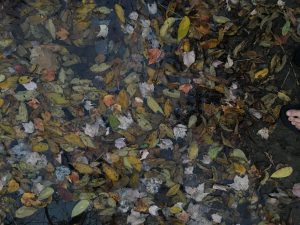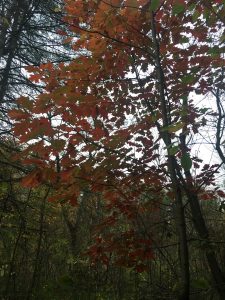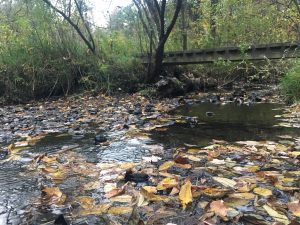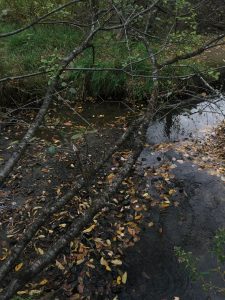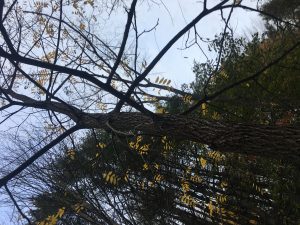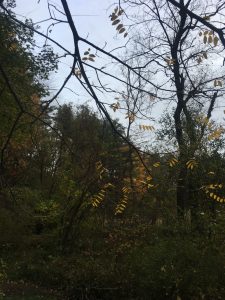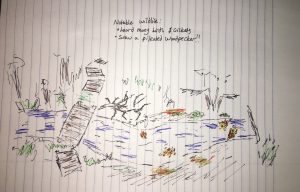Centennial has been a wonderful place to study my spot and see what new signs of life have arrived, and to better understand how seasons affect nature in Vermont. Centennial is also a social space, for people who want to appreciate nature and walk within it. The culture that exists is one of respect and enjoyment, where people of all ages can come and see the river, hike through the trees, or just put up their hammock and rest. I love to go to centennial with my friends, and I am so glad I have had this assignment this semester to connect me even further. I am part of my place because it is, and always will be, my place. Every time I go to centennial from now on, I know I will stop there, just to check in, and see how the space is doing. I know more about centennial now, and I feel more connected to it now. Centennial is not foreign to me anymore- it is a beautiful place with wildlife and people who appreciate it.
Latest
April 16th – Signs of Spring
I approached my spot and was overjoyed by the changes that have occurred since my last visit. It snowed this weekend, covering my entire place with melting slush and snow. It was raining as well, which I actually enjoyed, but what I enjoyed most of all was the flowing river. It was wonderful to see it flowing again, and not frozen. I looked for any amphibians, but I did not find any. The trees were still extremely bare as well. The edges had the biggest signs of spring- there was grass and mud, all alongside the river. My space provides for a lot of species, including birds. I do not know which kind of bird it was, but there were a few of them, flying around me and chirping. I believe in my video they can be heard.
Spring Break Place
(if the embedded map doesn’t work here is a link: https://goo.gl/maps/auhpbLNATpn)
For spring break I went back home to San Francisco. San Francisco is one of my favorite cities in the world because of the fact that not only is it surrounded by beautiful nature, there is a national park within the city itself. I knew I had to go there for my place, because the Presidio National Park has native wildflowers and over 200 bird species that visit. Even though it was once an airbase, it has since been transformed into a wonderful hub of nature and hiking trails.
The presidio is a big park, so I went near the Crissy Marsh, which is next to the bay. 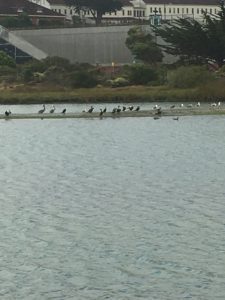 Here is an image of some birds that I believe to be Brown Pelicans (on the far left), Canada Goose (in the middle), and the California Gull (far right)
Here is an image of some birds that I believe to be Brown Pelicans (on the far left), Canada Goose (in the middle), and the California Gull (far right)
In this second image, although it is hard to see it because the bird blends in so well, right in the center of the image is what I believe to be a white crowned sparrow
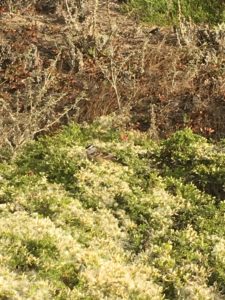
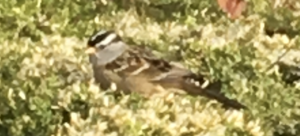
after walking around the marsh, I ventured to the Crissy Fields, which are located right next to the marsh. There, I found another group of Geese.
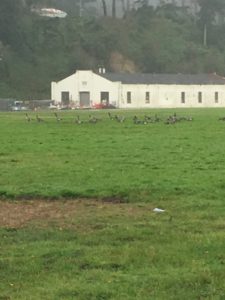
on the rocky beach, I found a bee. Bees are dying out in the city, however many people have started keeping hives in their own backyards, to help with this scary problem. 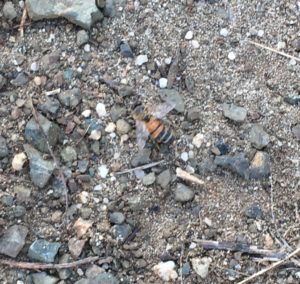
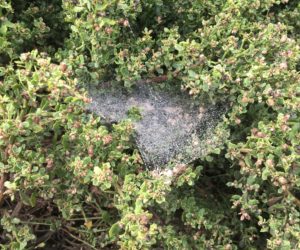
This spot and my spot in Burlington are similar in a lot of ways. Although the weather patterns and species differ, both places were once nature, then taken down for human uses. In Vermont, Centennial woods was once farmland, and the Presidio in California was an airbase. Still, life has been found again and now both places are protected by the government.
3/5/18 post
After looking at the guide, I have concluded that my area is a northern hardwood forest. Centennial woods, specifically my spot, is below 2,700 feet in elevation. When at my spot, I noticed the different variants that occurred there. There were beeches, maples, and yellow birches. Since the snow has mostly melted, it was overall muddy and slush-like. There was some snow on the ground because over the past few days there has been snow. Because of winds, there were a lot of leaves and other organic substrates on the ground. The soil itself was fertile and moist.
Welcome Back!
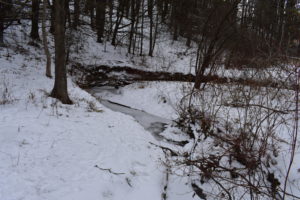
It was great to return back to my spot! It looks so different now, covered in snow. When I arrived at my spot, I was shocked (in a good way) to see my place completely transformed by the snow. The stream had frozen over completely, and there was snow and ice everywhere. It was beautiful! Pictured below is the frozen stream: 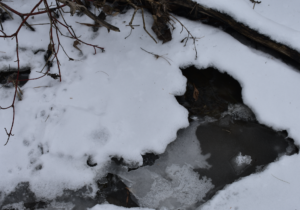
I was also able to see a lot of tracks. My spot was (sadly) covered in human and dog footprints, but I was also able to find some interesting prints as well. I followed, them, trying to get into the mind of the animal. I think it is possible for these tracks to be made by either a dog, coyote, or fox.

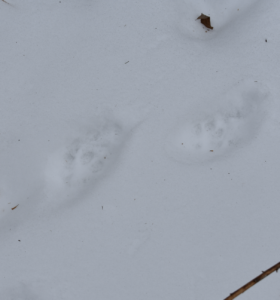
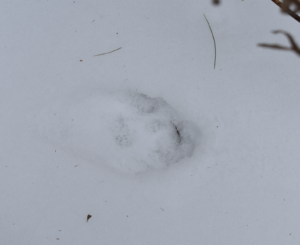

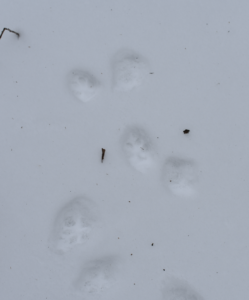
The twigs that I found were slightly hard to identify, however I enjoyed looking around and taking photos of them. After close examinations, here are my twigs and what species I believe them to be:
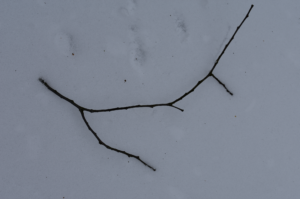
I believe that this twig is from a willow tree, because it is opposite with single scale buds.
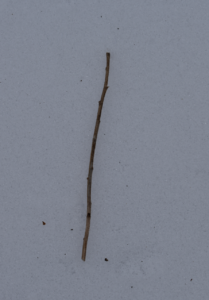
I think that this is from a Ginkgo tree, however I have never seen this type of tree before. However, it matched the image and description from the handout
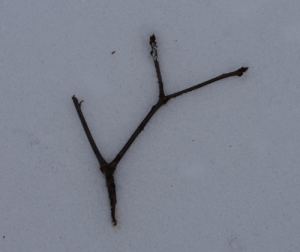
Because of the buds, the fact that it is opposite, and the color, I decided this is from a sugar maple.
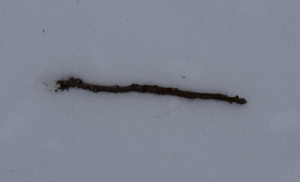
I thought this to be from a Norway maple.
Here is a drawing of the twig:

I was looking for animals, however during my duration of being in my spot there were a lot of people and their dogs walking through. I hope that one day I will be able to see the animals in their natural habitat. I also walked around looking for scat or pee, but I did not find any.
Human History of my Place
Today, Centennial Woods is a forested area with wildlife, streams, and trails for people to walk in. However, it used to be farmland, just like the rest of Vermont at one point in time. In the 1800s and early 1900s, Centennial was cleared out for agricultural purposes. However, once the trees grew back, wildlife slowly returned, which can now be seen by the various animals I have personally encountered at my spot. Now, there are still human interactions with Centennial. The trails, telephone poles, and man made wetland are all examples of how humans still interact with Centennial every day.
Thanksgiving Spot
Sadly, I did not go home to San Francisco for the break. Instead, I stayed with my friend Meg at her house in Scituate, Massachusetts.
here is the link to the map since I cannot embed the map for some reason
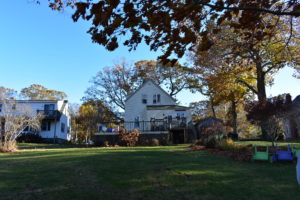
We arrived at night, so I did not see the amount of nature around us until the next morning. When I woke up and looked out the window, I was astounded and overwhelmed by the natural marsh that existed in her backyard.


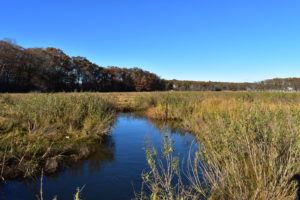
Surrounded by oak trees, the sunny November morning illuminated the entire marsh. We walked out there in knee high boots and warm coats. The natural wetland is fed by a local river. When the tide is really high, Meg and her family will sometimes canoe on it. The tide, that morning, was fairly high, so we could not go very far.

There was wildlife all around me- fish in the water and birds in the trees. I looked above me, into the clear sky. It was almost as if I was in a natural area, away from civilization. The ground below me was damp but also rough. There was water everywhere. I do not think I have ever been in a natural marsh wetland- back at home there were marshes, but they were all man made. The wetlands we have seen in NR-1 have all been constructed.
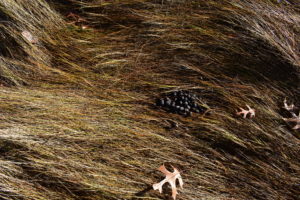
And then we saw something incredible! Meg called me over to look at deer scat! “it seems fresh” she said to me. I was so excited I took a lot of pictures. Scituate has a lot of forested areas surrounding the houses, so I assumed deer lived close by to the marsh. 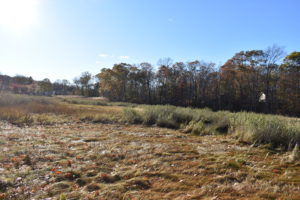
However, I could still hear cars when they passed by and all of the houses were clearly visible.

In comparison to my place back in Burlington, there were many similarities. The first comparison that stood out to me was how they are both natural areas that are surrounded by humans. Centennial was originally and still is natural, but humans interact with it daily, and there are obvious signs of interaction (bridges, paths, and you can still hear cars driving past it). The same was here- there were houses surrounding the marsh, with one house that built a dock right onto the water. I could still hear cars driving past, even though it was a natural area. The second similarity I found was the water. Both of my spaces are dominated by water. The wildlife surrounds and depends on it. Back in centennial there is a larger variety of trees. I loved both of these places, especially the wetland in MA. Walking out to the water rejuvenated me. It was wonderful to look at the water, feel the wind on my face, the marsh under my feet. It had been a while since I have hiked in a river or a place similar to a river, and it was wonderful. I need to find a way to get into nature more often.
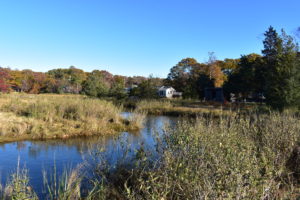



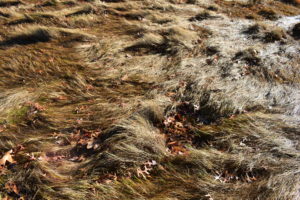
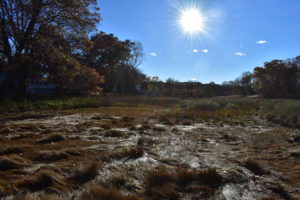
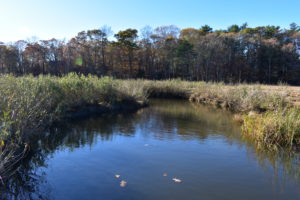
Location Update
My location (link)
I will specifically be looking at a small stream with a forested area next to it. I can’t wait to see it in the snow!

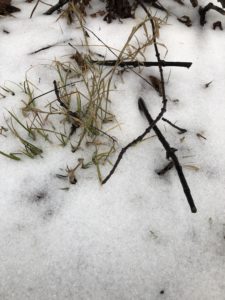
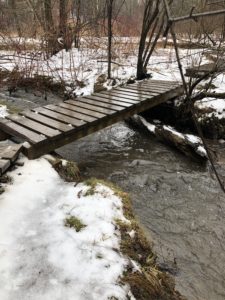
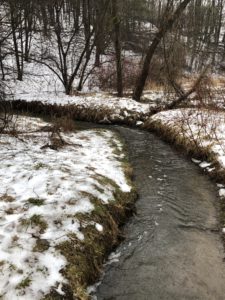
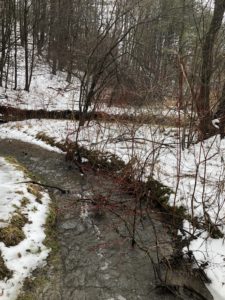

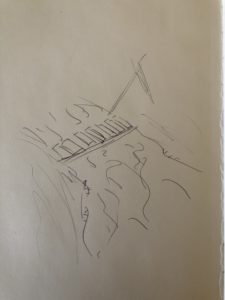 ideo 2
ideo 2
